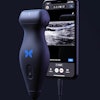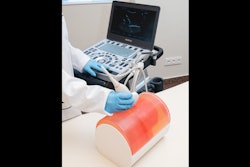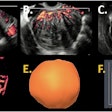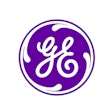The quality of wireless transducers has improved in recent years and the main issues with its use have been addressed. However, some remain, namely latency, heating, battery life, and weight. When these issues are fully addressed, and wireless transducers can offer the same quality as wired solutions, more vendors are expected to make the switch.
To date, the use of wireless transducers has mainly been in the handheld ultrasound market. What will also drive uptake is the use of wireless transducers on cart and compact systems. Examples of this have already been highlighted by recent industry developments, such as Mindray's TE Air compatible with its TE7 Max system. GE HealthCare has also made its Vscan Air device compatible with its Voluson Signature 18 and 20 systems and across its Venue product line.
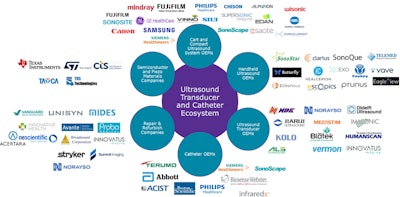 Ultrasound transducer and catheter market ecosystem. Courtesy of Signify Research.
Ultrasound transducer and catheter market ecosystem. Courtesy of Signify Research.
Customers are increasingly demanding more imaging capabilities from their transducers, avoiding needing to repeatedly switch between different transducers depending on the clinical requirement. This has led to increased demand for transducers with a wider frequency range. It means that one transducer can meet the imaging requirements for customers where two transducers would have been required before. This will not only save the users time due to fewer probe changes but will also be more cost-effective as users will not need to purchase as many transducers. It will also reduce the need for additional services, reducing overall cost and improving the return on investment.
Microelectromechanical systems (MEMs)
MEMs technology has the advantage of enabling high-speed, parallel, and accurate transmission and reception of ultrasound. However, there is a reluctance for other vendors to enter this space due to a few barriers. The main barrier to greater adoption is that the process to produce MEMs transducers is a batched process where several are made at once. So, while MEMs transducers are cheaper to make than piezoelectric (PZT) transducers, there is still a significant upfront cost. This cost will only be recouped once the transducers are sold. Many are made in one batch, but very few vendors have the capacity to sell all of these at once.
It also takes vendors several iterations of a product to optimize it. For instance, Clarius, GE HealthCare, and Butterfly Network have all released their third versions of their handheld ultrasound devices. For Butterfly Network, it means they currently have a large stock of their older IQ+ devices. This could be one reason why the company is continuing to sell this device. It not only enables them to offer tiered pricing, with its new IQ3 device similarly priced to its competitors, but it also helps to reduce stock wastage.
Where MEMs technology could have an impact is in the catheter market, where any trade-offs in image quality will be compensated by miniaturization of the catheter. MEMs technology could also facilitate the shift to the home market. However, this shift will require the ultrasound device to be priced as a consumable in the range of several hundred dollars rather than thousands of dollars.
Pricing aspects
The price erosion of transducers has not been as fast as seen for ultrasound systems. This is largely due to the lower costs of transducers compared to the system. Bundled pricing discounts are usually prenegotiated with large purchasing organizations. It is also not always based on the size of the sale, but on the relationship the vendor has with the customer. In addition to discounting the price of the system or the transducer, vendors are pushing optional extended warranties, instead of reducing the price of the package. This is being increasingly seen in the U.S., where some companies offer a five-year warranty on probes.
For handheld transducers, vendors are increasingly using AI features as a value add to their devices. Some handheld ultrasound vendors are also adopting a membership model to secure recurring revenues from customers. Vendors that have not taken this approach, use the fact that there are no extra fees included when purchasing their devices as a marketing tool when speaking to customers.
Upselling raw data generated during imaging
In the ultrasound scanning process, the data used to generate the ultrasound image are a fraction of the total data that are collected. The non-image-generating data are filtered out when the image is produced. However, raw data are starting to be used more by AI vendors to develop their algorithms. For instance, MAUI Imaging, which recently launched its first ultrasound system, claims to generate thousands more data points than its competitors by accessing the raw data. Cephasonics is another company that uses unfiltered data to develop its algorithms.
Future outlook
The ultrasound transducer and catheter market is forecast to see high single-digit unit growth from 2023 to 2028. The cardiology market will account for the majority of unit shipments through 2028, driven by the increasing use of ultrasound in non-invasive procedures. However, the cardiology market will also become more competitive, with Mindray and Siemens Healthineers both launching dedicated cardiology systems.
Mustafa Hassan, PhD, joined Signify Research in 2020 as an analyst in the Medical Imaging team, which covers ultrasound, general radiography, and machine learning in medical imaging.
For further information on the Ultrasound Market Intelligence Service – 2024 by Mustafa Hassan, PhD, and Aiyana Amess, go to the Signify website.


